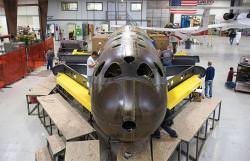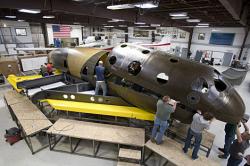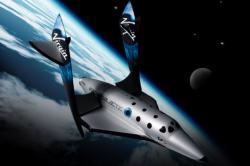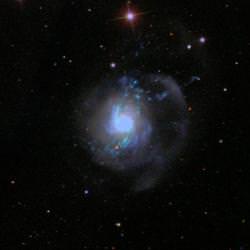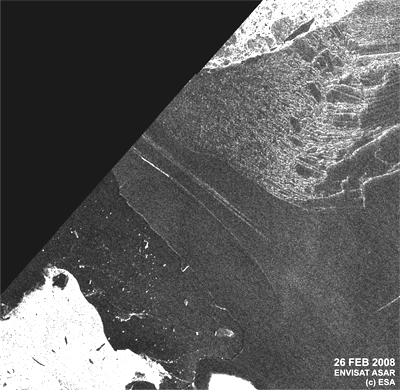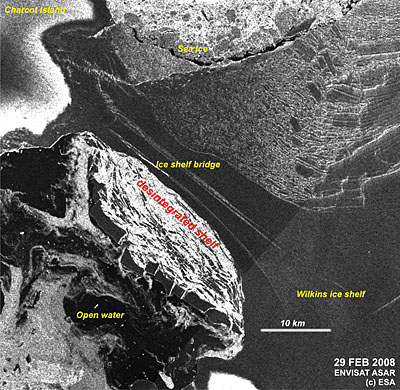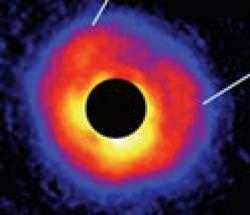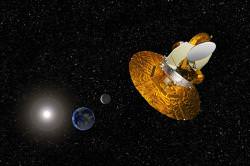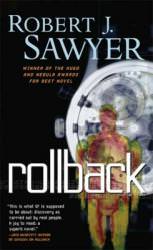It is really taking shape. The future of Virgin Galactic’s fleet of space tourism rockets is currently forming in a non-descript factory in the Mojave Desert, California. As if to prove that the Scaled Composite-design is not a pipe dream, pictures of the first commercial spaceflight vehicle have been released. It looks fairly crude and welded together, but this forms the bare bones of the worlds first viable hi-tech space tourism vehicle. All it needs now are some windows, seats, wings and an engine and we’re good to go!
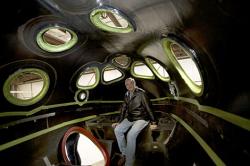
It is as if Scaled Composites wanted to trump their competitor’s cards with proof that the SpaceShipTwo design is more than just a concept. It seems that everyone is claiming a portion of the space tourism industry, including economy class. Nancy covered XCOR’s press release (26th March) that the company was designing a smaller, cheaper, economy-class space plane, designed to take two people into low-Earth orbit (note: lower Earth orbit than Virgin Galactic’s design). Even the rocket builder Astrium has gotten in on the act, claiming that there will be a market for their mass-produced conventional space plane (18th March), releasing some uber-cool images and simulations of the craft in action.
So the economy-class market has been claimed by XCOR and Astrium has grabbed the “AirBus-in-space” mass-production market. But in the aim to prove that “the original and the best” concept is actually growing beyond the design phase and in full production, Scaled Composites are proving that their spaceship is one step closer than all their competitors: they’re building their spaceship right now.
To rub it in, one photo shows Burt Rutan sitting proudly inside the shell of the SpaceShipTwo cockpit proving they are accelerating production toward a 2009 test-run. These new images are from the production line in a factory in the Californian Mojave Desert.
SpaceShipTwo will carry six people into the lower limit of space and will experience a few minutes of weightlessness. The craft will be helped on its way by the WhiteKnightTwo aircraft, giving the rocket a piggyback ride to 50,000 ft. At this height, SpaceShipTwo will be released and its rockets will blast to life taking the first tourists into space. You can find out more about SpaceShipTwo in a previous Universe Today story.
Source: Popular Mechanics

